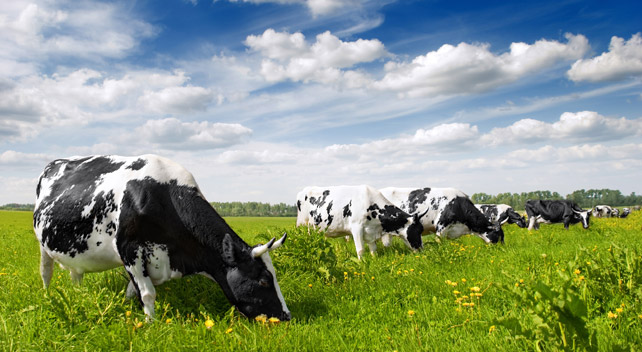1. Sodium humate used in livestocks and sodium humate formula.
Recessive mastitis is a common and frequently-occurring disease in dairy cows. According to the statistics of the International Dairy Federation, the incidence of this disease is as high as 50%.
Among the cows that have been eliminated due to various diseases, recessive mastitis takes the first place. In the United States, milk production due to the disease has declined, and annual economic losses amounted to $1 to $1.2 billion. In China, Inner Mongolia, the four cities of the two cities, the average recessive mastitis cattle accounted for about 80%, which is the main factor restricting the health and milk production of dairy cows for several years.
Some units in Inner Mongolia treated cryptic mastitis with sodium humate (25g/d•head). The cure rate from day 8 to day 58 was 15.71~52.38%, and the effective rate was 55.71~84.76. %. The addition of sodium humate was stopped for 30 days and 60 days, and the consolidation rates were 93.60% and 73.25%, respectively.
The experiment also found that the lymphocyte conversion rate in bovine blood fed with sodium humate increased from 47.5% to 57.1%, and whey globulin also increased, indicating an increase in immune function.
2.Goat abortion rate decreased from 19.4~28.05% to 1.62~7.69%, and the postpartum incidence
It is believed that the primary causes of the incidence in China’s Mongolian region are malnutrition caused by severe natural conditions such as wind and cold, grassland degradation, lack of drinking water and parasite invasion, low disease resistance, and infection by certain pathogens.
A livestock station in Etuoke Banner, Inner Mongolia [36] treated the “preservation powder” prepared with sodium humate as the main raw material for the treatment of goat abortion for three years, the abortion rate decreased from 19.4~28.05% to 1.62~7.69%, and the postpartum incidence ,The rate is also significantly reduced.
3.Sodium humate used to treat diseases in lambs
Some places in Inner Mongolia insisted on the treatment of lambs with sodium humate for 3 years, and the cure rate reached 83.3~98.1%. Some animal husbandry stations in Xinjiang used humate to treat lamb diarrhea, in which 100% of simple dyspepsia recovered, 92.8% of toxic indigestion recovered, and 75% of dysentery recovered.
Especially effective to Lamb stomatitis.
The incidence rate in Xinjiang is almost 100%, seriously affecting the diseased lamb breastfeeding, resulting in malnutrition of the lamb, and often died of secondary infection. Wash with 0.5gHA powder or 4% sodium humate solution, the cure rate is above 97.7% .
The incidence of sheep disease in winter is high, often causing a large number of sheep to lose weight, hair loss and even death. Generally use 666+ grams of Liaolin or Lin Dan medicine bath, but the residual toxicity and side effects are large. The humic acid sodium chlorpyrifos (sodium humate + lindane and other complex preparations) developed in Xinjiang is superior to lindane emulsifiable concentrate and deltamethrin, and can prevent meat contamination and improve the quality of sheep skin.
Sodium humate increases yield, reduces disease and pollution
Many fish farms have reported that the feed intake of fish after feeding with sodium humate increased, and the disease resistance and survival rate of larvae increased significantly. According to reports, the fish farms in Baigezhuang District, Hebei Province, soaked the feed cornmeal with 4% sodium humate to make feed and feed the fish.
After 40 days, the survival rate of white carp and grass carp was 298.4% and 24.5% higher than the control, respectively. The weight gain was 190.8% and 34.5% more than the control. Yu Linchuan and other modified humic acid preparation FA-1 for feeding river crab for 6 months, the yield per mu increased by 20kg, the ratio of production/injection was 55:1;
The survival rate of the young crab was soaked with FA-2 solution, and the survival rate was increased by 10%; -1, the average weight gain increased by 5.7%, and the survival rate increased by 12.14%. Sodium humate also has certain effects on the prevention and treatment of certain common diseases. For example, the Animal Husbandry and Fisheries Bureau of Beijing Haidian District uses a 0.02% concentration of sodium humate to “bath” the fish infected with white skin disease and water mold, and healed after 7-10 days. The survival rate was 100%, while the control group mortality was 7.5% [41].
It also has a certain effect on fish enteritis.
The cationic semipermeable membrane test [42] showed that the absorption of Cu in the complex state by the surimi was about half lower than that of the free Cu2+. Obviously, the sodium humate treated water may reduce or prevent the pollution of heavy metals to fish, Fish food safety offers new ideas.

